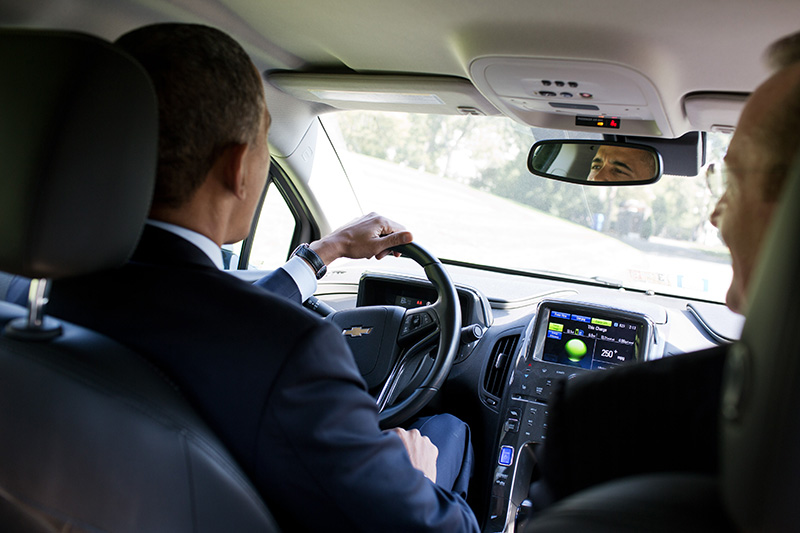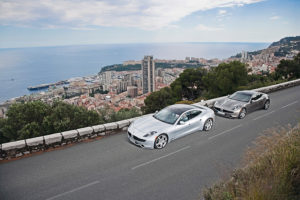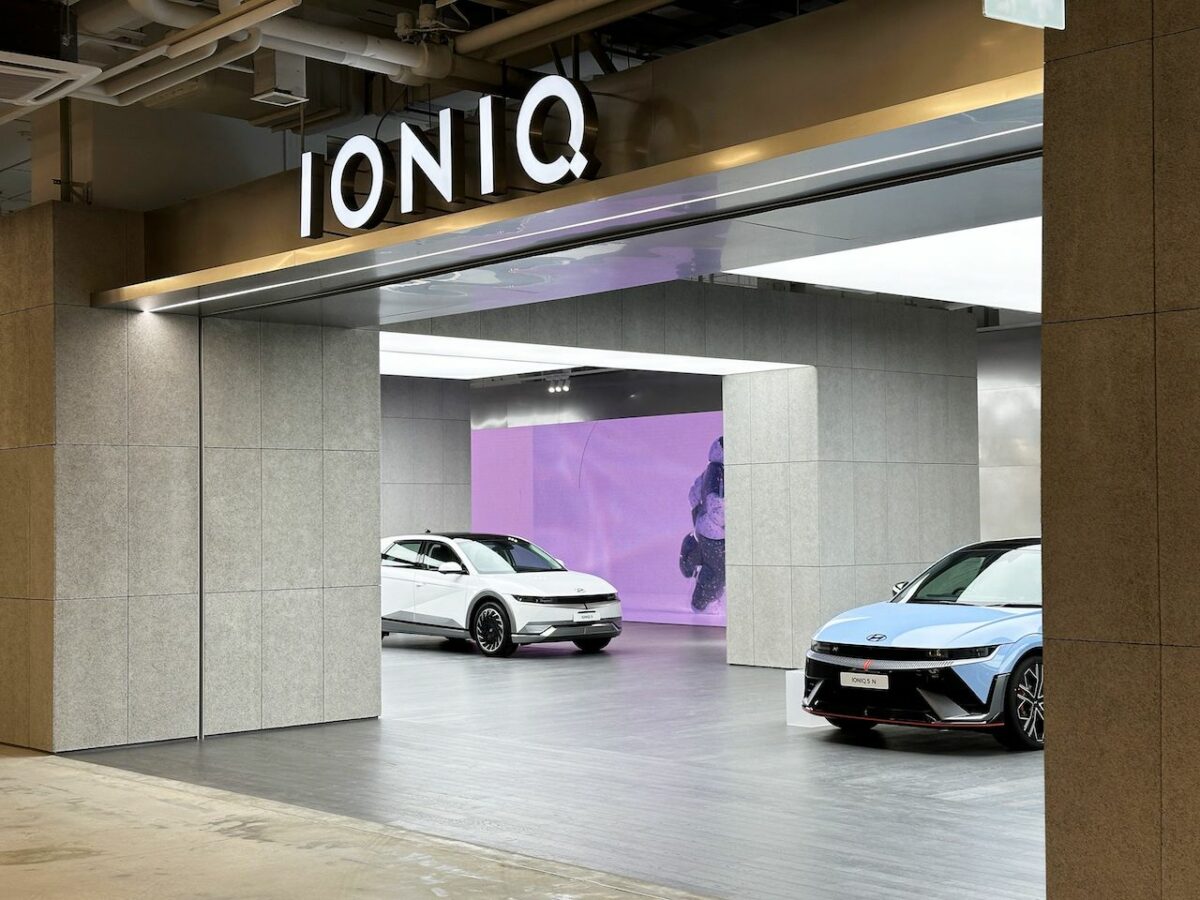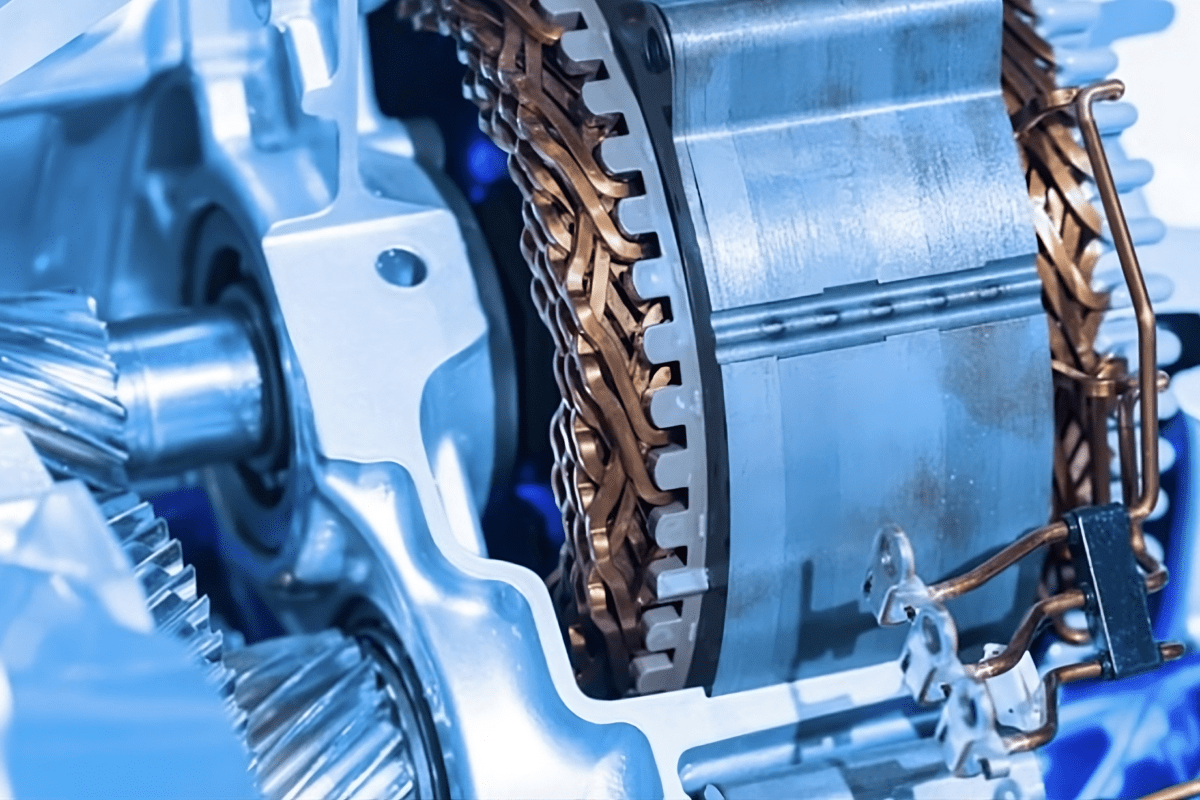Support for vehicle electrification has long been a centerpiece of the Obama Administration’s energy policy. Even before he was elected President, Barack Obama declared his support for putting one million electric vehicles (EVs) on US roads by 2015. As President, he embraced that goal in his 2011 State of the Union Address. During his first term, Obama took several steps to advance vehicle electrification, ranging from major increases in federal support for advanced battery R&D and EV charging stations to increased federal purchases of plug-in hybrid-electric vehicles.
While vehicle electrification remains a major Administration goal, much has changed since 2011. Some of President Obama’s most high-profile electrification initiatives have faced major difficulties – most notably, the bankruptcy filings of companies that received Department of Energy (DOE) support during Obama’s first term, including battery firm A123 Systems and electric vehicle producer Fisker Automotive. EV sales have lagged far behind the Administration’s optimistic projections, with less than 100,000 plug-in vehicles (battery EVs, plug-in hybrid EVs, and extended-range EVs) on US highways when Obama’s second term began in January 2013.
As a result, by the start of Obama’s second term, the Administration was already backing away from the goal of putting one million EVs on US highways by 2015. The Administration instead has focused on the less inspirational goal of reducing the cost of plug-in vehicles and their key components. “EV Everywhere,” the electrification initiative announced by President Obama early in his second term, aims “to produce plug-in electric vehicles that are as affordable for the average American family as today’s gasoline-powered vehicles within the next ten years.”

Although taking a more low-key approach, the Administration remains committed to vehicle electrification. President Obama’s fiscal year (FY) 2015 budget proposal, which was sent to Congress in March, requested a 21.9% increase in funding for “green” energy technology programmes at the DOE. As part of that request, Obama proposed a 23.8% increase in funding for DOE’s Vehicle Technologies programme, including a 24.8% increase in funding for advanced battery and electric drive R&D. Obama proposed a 16.1% funding increase for DOE’s Advanced Research Projects Agency-Energy, which supports research into advanced batteries, among other “transformational” energy technologies.
It is important to put those requests in context, however. First, the surge in federal support for vehicle electrification that was funded through the American Recovery and Reinvestment Act of 2009 (ARRA), the economic stimulus law, has largely run its course, and Congress is unlikely to support another big spending boost. Second, Congress is certain to cut the Administration’s FY 2015 funding request, as it has done for the past several years. In fact, while Congress has yet to pass final FY 2015 spending legislation, both the House and Senate versions of the DOE spending bill would significantly reduce the Administration’s funding request for the Vehicle Technologies programme.
Support for R&D is only one component of the Administration’s electrification efforts. The ARRA provided funds to help underwrite the deployment of over 18,000 EV charging stations, for example. While those ARRA funds have largely been depleted, the Administration continues efforts to expand the relatively small US charging infrastructure. In 2013, DOE launched a public-private partnership, the “Workplace Charging Challenge,” to encourage employers to install EV charging stations at offices, plants, etc. DOE is supporting projects to develop wireless power transfer (WPT) technologies to charge EV batteries directly from the grid without cords or plugs, a technology that could expand EV charging options in locations where traditional charging stations are impractical. DOE is also working with key standards-setting bodies to develop charging-related technical standards.
 The Obama Administration has also supported several tax incentives to help reduce the cost of EVs and charging stations. EV buyers receive a federal tax credit of US$2,500 to US$7,500 per vehicle, depending on battery capacity and vehicle weight. The credit phases out for a manufacturer’s vehicles after at least 200,000 of its EVs have been sold in the US. President Obama has advocated expanding this credit, but without success. A federal tax credit for the installation of EV charging stations – US$1,000 for installation of a residential EV charging station or 30% of the cost of installing commercial EV charging infrastructure up to US$30,000 – was also available until the end of 2013. The Obama Administration supports reviving that credit along with other lapsed renewable energy tax incentives, but it is far from clear that Congress will agree to do so.
The Obama Administration has also supported several tax incentives to help reduce the cost of EVs and charging stations. EV buyers receive a federal tax credit of US$2,500 to US$7,500 per vehicle, depending on battery capacity and vehicle weight. The credit phases out for a manufacturer’s vehicles after at least 200,000 of its EVs have been sold in the US. President Obama has advocated expanding this credit, but without success. A federal tax credit for the installation of EV charging stations – US$1,000 for installation of a residential EV charging station or 30% of the cost of installing commercial EV charging infrastructure up to US$30,000 – was also available until the end of 2013. The Obama Administration supports reviving that credit along with other lapsed renewable energy tax incentives, but it is far from clear that Congress will agree to do so.
In contrast to the more subdued approach on the federal level, several state governments are aggressively promoting vehicle electrification. Most notably, a group of eight states has launched an initiative to have 3.3-million zero-emission vehicles (ZEVs) – battery-electric, plug-in hybrid electric, and hydrogen fuel-cell vehicles – on the road by 2025. Reaching that goal would require ZEVs to account for 15% of all vehicle sales in each of the eight states (California, Connecticut, Maryland, Massachusetts, New York, Oregon, Rhode Island, and Vermont). The states propose using several incentives to expand ZEV sales, including varying financial incentives offered by each state on top of the US$7,500 federal tax credit. The states are also giving ZEV drivers access to high-occupancy vehicle lanes, toll reductions, and better parking options. The states will also take steps to encourage investment in charging stations and other necessary infrastructure.
Vehicle electrification thus remains a goal of policy makers both in Washington and in several state capitals – though interest in fuel cells as a long-term option has revived recently, and natural gas is now seen as a viable near-term option for commercial trucks and buses. Electrification supporters note that the number of plug-in vehicles on US highways rose 96% over the past year, climbing to over 234,000. Critics note, however, that plug-in vehicles still account for less than one-tenth of one percent of the total number of cars and light trucks on U.S. highways.
President Obama’s pledge to see one million EVs on US roads by 2015 may have been overly optimistic, but his Administration remains committed to boosting the use of plug-in vehicles during its remaining two years.



